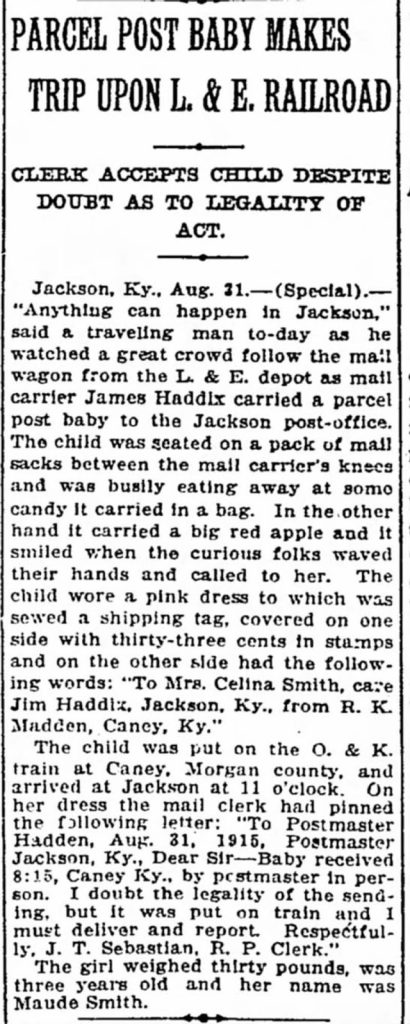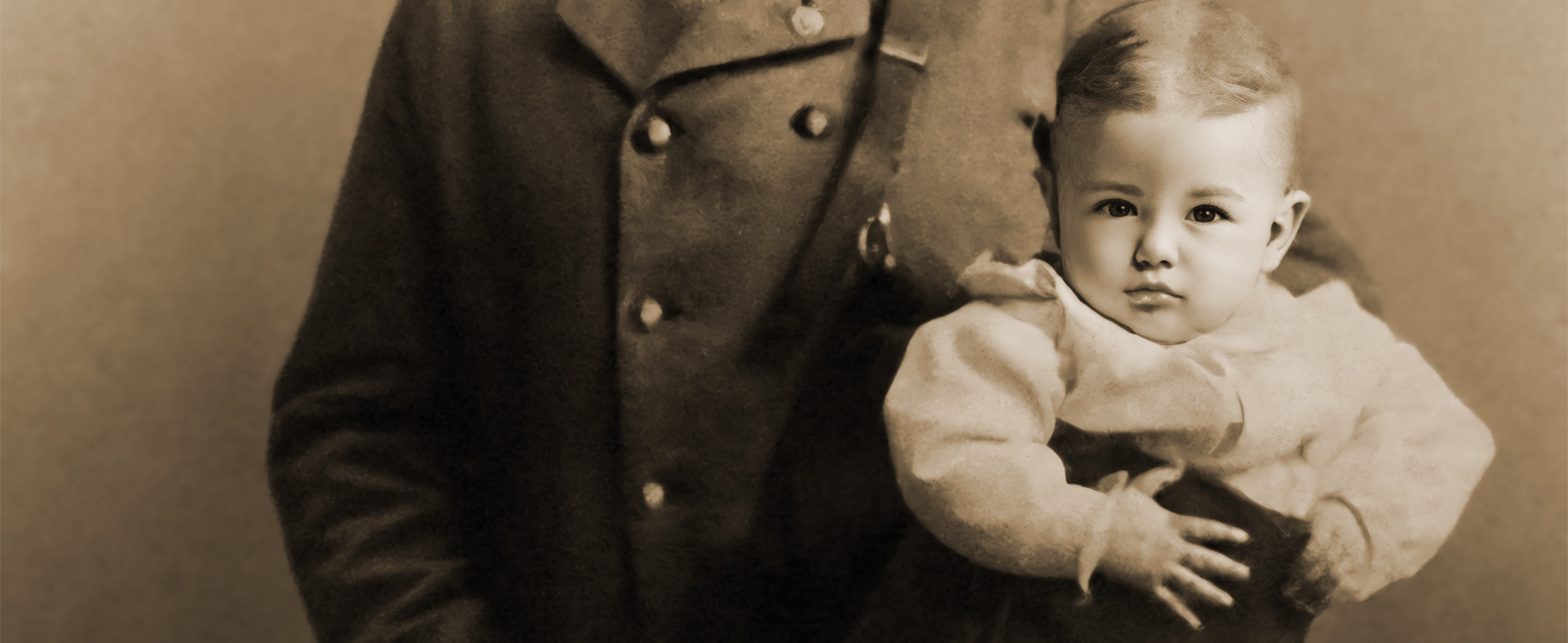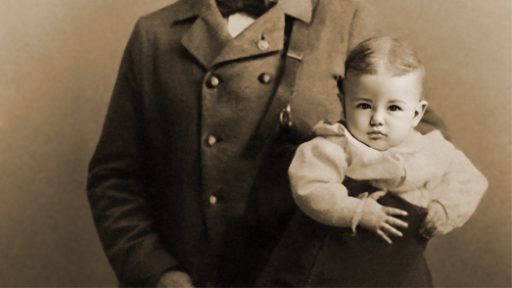Once upon a time in America, sending parcels to Europe was limited to the postal service. But in 1913, with the advent of local parcel delivery services, rural areas reaped the benefits.
Gone were the days of pricey journeys to far-off cities. Now, people could utilize this newfound convenience to ship items like butter, eggs, chickens, and even their young children from one place to another.
Yes, you read that correctly. Human children were not sent through the American postal service because of trust in the postal system, but rather as a cost-effective solution to their transportation needs.
In reality, train or coach travel was costly for some parents. Their train of thought was simple: “Why not use this new service? Our children can be sent as parcels at a lower cost.”
Sylvia’s research revealed a couple in Ohio who sent their baby one mile to his grandmother’s house using this method. Warren O. Little, the mailman, safely delivered the baby, and in return, the Bagley family paid a 15-cent postal fee and a $50 insurance fee.
This incident caught the attention of The New York Times, reporting, “When the parcel postman arrived with the little fellow, he was so snug and warm and cozy that it seemed almost a shame to disturb him.”
Word reached Frank Hichborn, head of the U.S. Postal Service, who not only found the child exchange interesting but also wanted instructions for sending parcels. He inquired, “May I ask what instructions are issued for sending parcels by mail, so that it may comply with the regulations and permit shipments by parcel post, as the express people handle things very roughly?”
In response to a request from Pennsylvania, the U.S. Postmaster General’s office issued a statement, asserting, “Children, in the Postmaster General’s opinion, come within the classification of bees and bugs and can’t be transmitted in the mails.”
Yet, more stories of children being sent through the postal service continued to emerge.

In Oklahoma, a woman labeled her two-year-old grandson as “post” to send him to his aunt’s house in Kansas when his father, Henry Euler, was uncooperative due to divorce proceedings.
The child ended up stranded at a rural post office in Dehl, Oklahoma. The St. Louis Post-Dispatch reported, “Apparently it was intended to carry him to the Dead Letter Office in Washington, but the excitement had abated to such an extent that Euler gave the boy away.”
The most famous incident involved Charlotte May Pierstorff, sent by train to her grandparents’ house 73 miles away on February 19, 1914. The May family couldn’t afford train tickets, so they paid only 53 cents for postage due to May’s cousin working for the Railway Mail Service.
May’s adventure became so well-known that a book, “Mailing May” by Michael O. Tunnell, was written about it.

Post this incident, U.S. Postmaster General Albert S. Burleson imposed restrictions on sending people through the mail. However, a month later, a 14-pound baby boy was sent 12 miles by mail carrier B.H. Kinney.
On February 25, 1915, Charles Heizer, a mailman in Missouri, sent Helen, the daughter of a Columbus resident, through parcel post for 10 cents, reaching her grandmother’s house on their route in Virginia.
Historian Nancy Pope of the National Postal Museum notes, “It was almost as if you could send your child with the postman as you would with a neighbor or a family member.“
In summary, the parcel post system in the early 20th century allowed for some unusual and cost-effective methods of transportation, including sending children to their destinations. These incidents, while not officially sanctioned by the government, highlight the trust and close relationships that existed between local postal workers and the communities they served.







